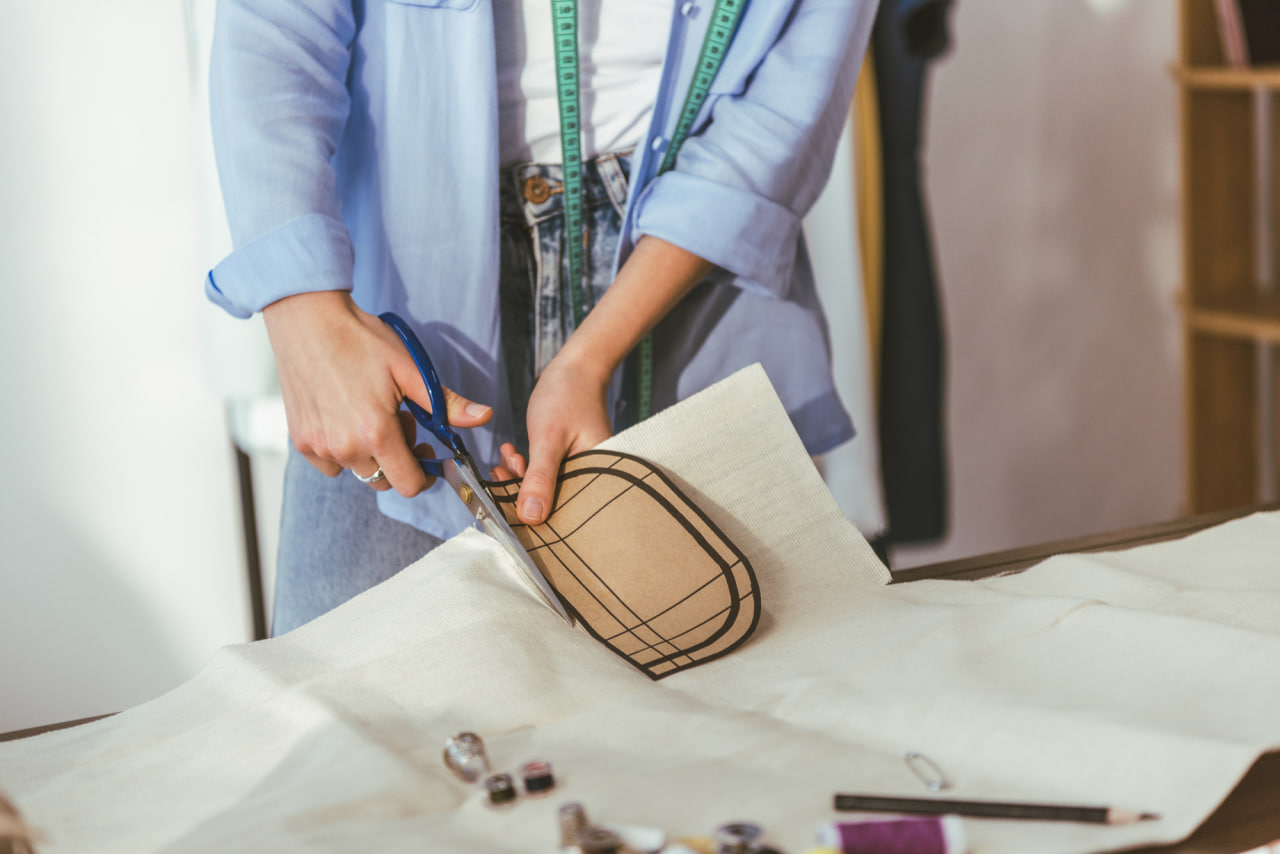Materials Matter: Choosing the Right Fabrics, Metals, and Components
In accessory design, the materials you choose can make or break a piece. Fabrics, metals, and other components not only…
In accessory design, the materials you choose can make or break a piece. Fabrics, metals, and other components not only define the aesthetic appeal of your creations but also affect their durability, functionality, and overall quality. Understanding how to select the right materials is essential for creating professional, market-ready accessories.
Understanding Fabric Choices
Fabrics are foundational in many accessory designs, from handbags to belts to soft jewelry. Each fabric has unique properties that impact texture, drape, and durability.
- Natural Fabrics: Cotton, silk, linen, and leather offer a luxurious feel and often age beautifully. They are breathable, soft, and versatile, but may require special care.
- Synthetic Fabrics: Polyester, nylon, and acrylic provide durability, colorfastness, and resistance to wear. These are often ideal for accessories that require structure and longevity.
- Blended Fabrics: Combining natural and synthetic fibers can balance comfort and resilience, giving you both aesthetic and functional benefits.
When selecting fabrics, consider the purpose of your accessory. A delicate silk scarf demands different handling than a structured leather bag. Test how each fabric behaves during cutting, stitching, and finishing to ensure optimal results.
Choosing Metals for Accessories
Metals are critical for functional and decorative elements, such as clasps, chains, buckles, and frames. The choice of metal influences not only appearance but also weight, durability, and comfort.
- Brass and Bronze: Durable and visually warm, ideal for jewelry and hardware accents. They can develop a unique patina over time.
- Stainless Steel: Strong, corrosion-resistant, and hypoallergenic, perfect for pieces exposed to frequent wear.
- Aluminum and Lightweight Metals: Great for larger accessories where weight is a concern, though less durable than heavier metals.
- Plated Metals: Gold or silver plating over base metals provides luxury aesthetics at a lower cost, but may require careful maintenance to prevent tarnishing.
Testing metals for strength, flexibility, and finish ensures that your accessory components will hold up in practical use while maintaining visual appeal.
Selecting Components and Embellishments
Beyond fabrics and metals, components such as zippers, buttons, beads, and clasps define both functionality and design. Choosing the right components enhances usability and elevates the overall look.
- Fasteners: Quality zippers, snaps, and hooks ensure that your accessory functions properly and withstands regular use.
- Decorative Elements: Beads, crystals, and charms add character, but must be securely attached to prevent loss or damage.
- Structural Components: Frames, stiffeners, and reinforcements maintain shape and support in bags, belts, and other structured accessories.
Consider both aesthetic harmony and practical functionality when selecting components. Balance intricate design elements with ease of use and durability for the best results.
Sustainable Material Choices
In today’s fashion industry, sustainability is a crucial consideration. Choosing eco-friendly fabrics, recycled metals, and responsibly sourced components can reduce environmental impact while appealing to conscious consumers.
- Organic and Recycled Fabrics: Organic cotton, recycled polyester, and upcycled materials provide environmentally responsible alternatives.
- Recycled Metals: Using recycled brass, aluminum, or silver helps minimize resource consumption.
- Ethical Sourcing: Ensure suppliers follow fair labor practices and maintain high-quality production standards.
Sustainable choices not only contribute to environmental stewardship but also enhance the perceived value of your collection.
Matching Materials to Design Goals
Every material must align with your design vision. Consider texture, weight, color, durability, and maintenance requirements when selecting fabrics, metals, and components.
- Aesthetic Consistency: Ensure all materials work together visually and thematically.
- Functional Suitability: Consider how materials respond to wear, movement, and environmental factors.
- Cost and Availability: Balance quality with budget constraints, and make sure materials are reliably accessible for production.
Testing combinations of materials through prototypes can prevent issues in production and ensure that the final accessory meets your creative and practical standards.

